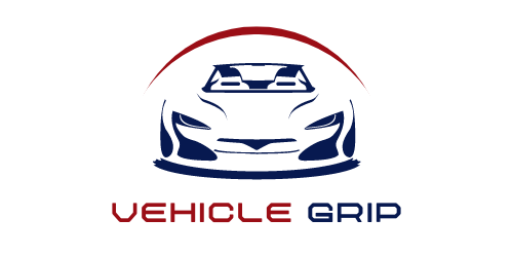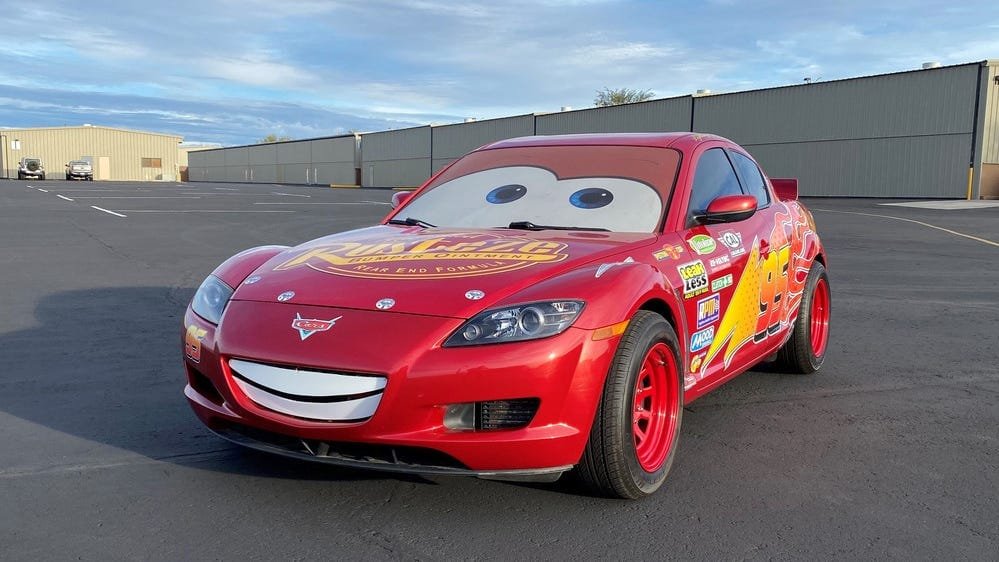When Cars hit the big screen back in 2006, no one expected a red racecar with a lightning bolt and big blue eyes to become such a cultural icon. Lightning McQueen wasn’t just the star of a Pixar movie—he became the car every kid wanted to draw and every adult secretly rooted for.
His sleek, low-to-the-ground design, his roaring engine, and his mix of old-school charm and modern edge made people wonder—what kind of car is Lightning McQueen, really?
He’s not based on just one car. In fact, Lightning is a mix of multiple racing influences and classic styles. From the shape of his fenders to the growl of his engine, every inch of him was carefully designed to tell a story.
This post takes a deep dive into his design roots, real-world inspirations, and why he feels so familiar—even though no exact car like him exists.
The Story Behind Lightning McQueen’s Design
Lightning McQueen wasn’t just randomly drawn up in an animation studio. His design involved collaboration between Pixar’s creative team and real automotive professionals. They wanted Lightning to feel real—like a car you might actually see speeding down a track, but also expressive enough to be a character.
A Custom Creation, Not a Copy
Let’s clear this up first—Lightning McQueen is not a replica of any one single car. He’s a fictional racecar, custom-designed for Pixar’s universe. However, his appearance, sound, and personality are all inspired by real models and motorsport history. You could say he’s the perfect blend of stock car racing legacy and a little Hollywood magic.
Elements That Inspired Lightning McQueen
Here’s a closer look at the real-world vehicles that inspired different parts of Lightning McQueen’s design:
1. NASCAR Stock Cars
Much of McQueen’s body shape and racing stance come from NASCAR-style stock cars. His wide body, low ground clearance, and aerodynamic curves closely resemble the cars used in American oval racing. This fits perfectly with the plot of Cars, which is set in a world heavily influenced by NASCAR culture.
2. Chevrolet Corvette C6
Many car fans notice the influence of the Corvette C6 in Lightning’s curvy front end and general proportions. Released in 2005—just before Cars hit theaters—the Corvette C6 offered a modern look that could serve as a base for a young, hot-shot racer like McQueen.
3. Ford GT40
Some also see hints of the legendary Ford GT40 in his rear styling. The GT40’s sleek, performance-focused design carried a lot of weight in racing circles, and Lightning’s wide stance and rear spoiler nod toward that endurance racer look.
4. Dodge Viper and Plymouth Superbird
His muscular sides and long hood evoke the Dodge Viper, while the playful and exaggerated racing style (especially in earlier concepts) even echoed elements of the vintage Plymouth Superbird, known for its oversized rear wing.
Lightning’s Engine Sound: A V8 That Roars
Sound designers took their work seriously when it came to bringing Lightning to life. Although he’s a cartoon character, they gave him a genuine V8 growl. The actual audio was sampled from a variety of high-performance stock cars, giving him that unmistakable rumble. The result? A sound that matches his bold personality.
Lightning McQueen’s Personality Shaped His Car Identity
Pixar didn’t just design Lightning based on how he should look—they shaped him around who he is. At the start of the film, McQueen is young, cocky, and obsessed with fame. That’s why he looks like a flashy modern racecar. He’s sleek and fast but also a bit full of himself.
As his character evolves, you’ll notice subtle changes in how he’s animated—he becomes slightly softer in appearance, more grounded. His bright red paint stays, but the vibe shifts from “showoff” to “hero.” His design supports the story arc in a way most animated characters never get to.
What About the Details?
Let’s zoom in on some of the little things that make Lightning so distinctive.
Paint Job and Stickers
Lightning’s paint is a custom candy-apple red with metallic flake. His number, 95, is a tribute to the year Toy Story was released—Pixar’s first big hit. His sponsor “Rust-eze” might be fictional, but the logo and product concept are realistic enough that they could exist in real life.
Tires and Rims
He rolls on light racing slicks labeled “Lightyear,” a nod to Buzz Lightyear, of course. These tires are based on real race rubber—designed for maximum grip on smooth asphalt. His rims are forged and painted to match his body, another nod to high-end racecraft.
Aerodynamics
From his low front splitter to the subtle rear spoiler, Lightning’s shape is all about keeping downforce high and drag low. His design isn’t just cartoonish—it’s actually well thought out from a racing engineering point of view.
Evolution Through the Cars Franchise
Lightning McQueen doesn’t stay the same throughout the Cars series. He goes from flashy and unproven in the first film to seasoned and wise in the third. And that journey is reflected in how he looks.
In Cars 3, he’s almost outdated compared to the new, high-tech racers. His body becomes a metaphor—he’s still strong and skilled, but the sport has changed around him. Pixar made sure that viewers could feel that just by looking at him.
Is There a Real-Life Lightning McQueen?
Although there’s no car on the market exactly like Lightning, several real-world builders have created replicas. Some use Chevrolet Corvette chassis, others modify NASCAR bodies or even full custom frames. The result is always eye-catching but never quite the same—because Lightning isn’t just a car, he’s a character.
Why Lightning McQueen Feels So Familiar
The secret to Lightning’s universal appeal lies in the mix. He’s not just a mashup of racing styles—he’s carefully crafted to spark nostalgia and admiration. Whether you’re into NASCAR, classic muscle cars, or modern performance, there’s something in McQueen that speaks to you.
Final Thoughts
Lightning McQueen is more than just a drawing or digital animation. He’s a tribute to everything people love about cars—speed, beauty, personality, and that spark of competition. While he may not roll off an assembly line, the love and craftsmanship behind his design are just as real as any production car.
From his NASCAR roots to his Corvette-inspired curves, Lightning represents the best parts of American racing history, carefully packaged into a Pixar icon. And that’s why, even years later, people are still asking what kind of car he really is.


